Backstage with Matthew: The Roar of the Greasepaint
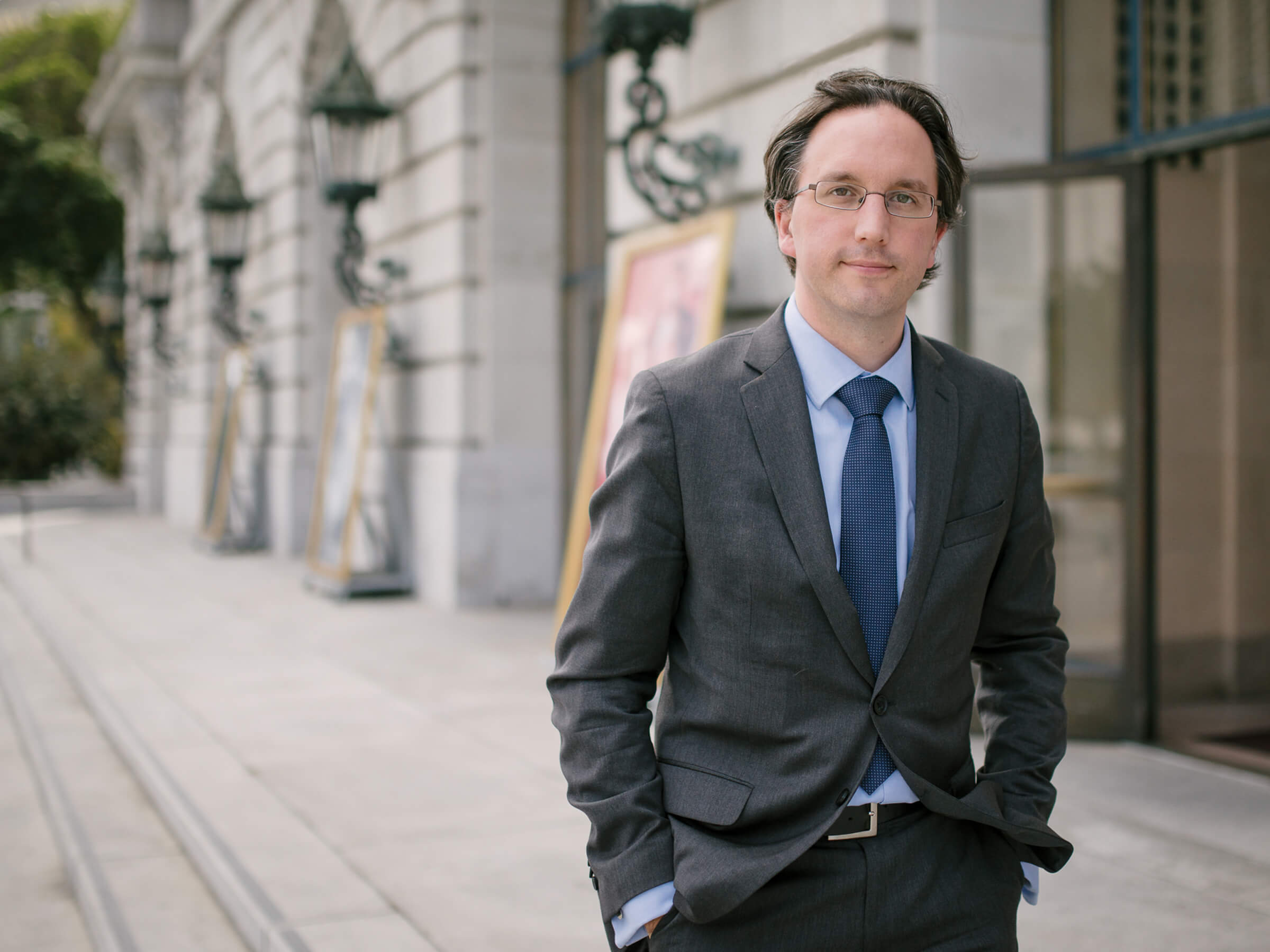
I caught up with Bill while he was making up Quinn Kelsey, our title character in Rigoletto a few performances ago. Bill joked that Quinn needed “no make-up make-up”—a little strengthening of the features with highlights and lowlights; a darkening of the facial hair using mascara (he gravitates to MAC Cosmetics which holds up well under perspiration and the heat of lights). Quinn’s make-up transformation takes only about 7 minutes for this production (quite a difference from the 40-minute prosthetic job Quinn recently had to go through each night for Frankfurt Opera’s Rigoletto).
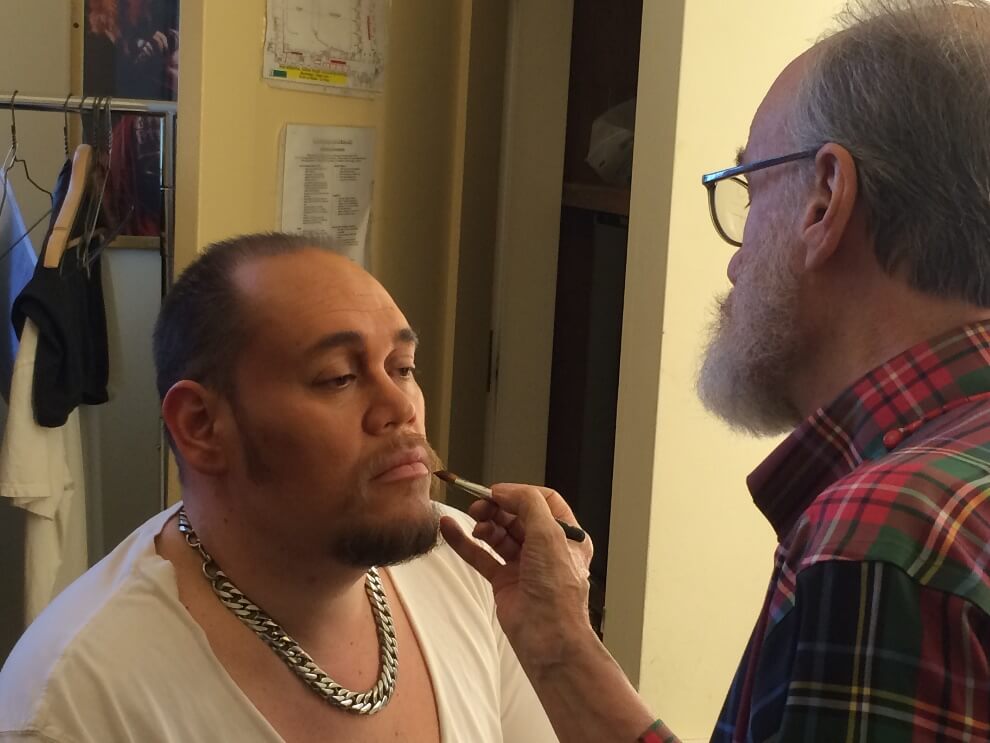
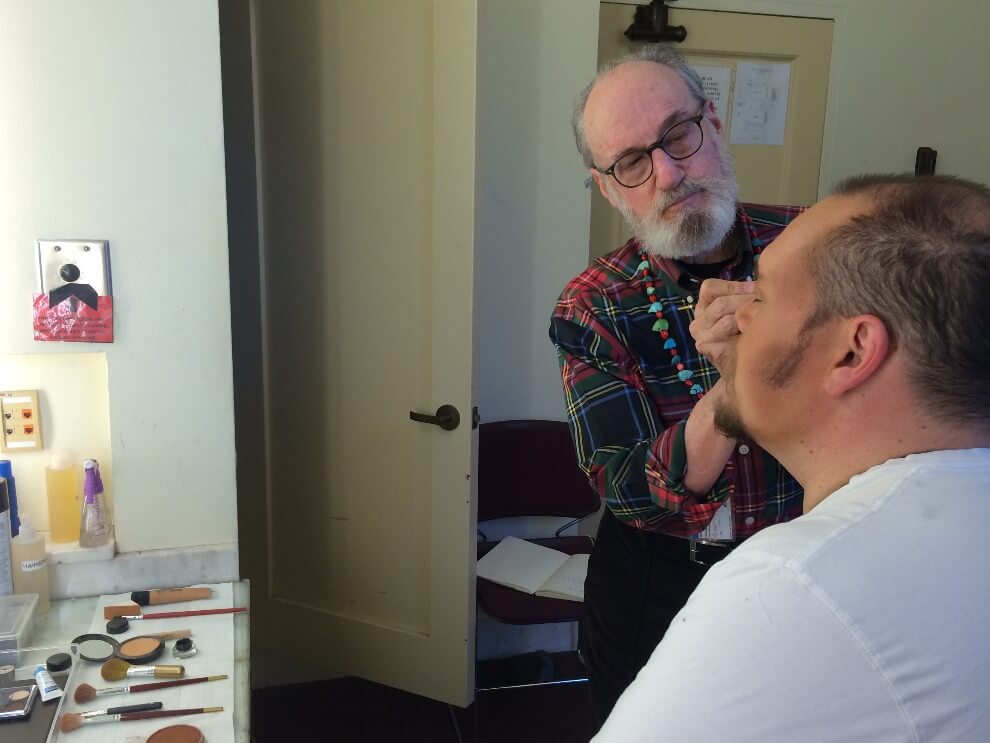
Bill tells me that theatrical make-up has changed dramatically over the last decade or so as HD cameras have demanded a higher close-up fidelity, forcing make-up designers to move away from the strong character make-up that was intended to accentuate features for audiences sitting 50–100 feet away, not a camera zooming in on a close-up. Bill was always the make-up artist for the bass Samuel Ramey here at San Francisco Opera and he showed me how defined the make-up was for Sam’s iconic Mefistofele here. He also showed me the make-up design and execution on a young John Tomlinson for the Old Monk in Boris Godunov in 1983—quite the transformation!
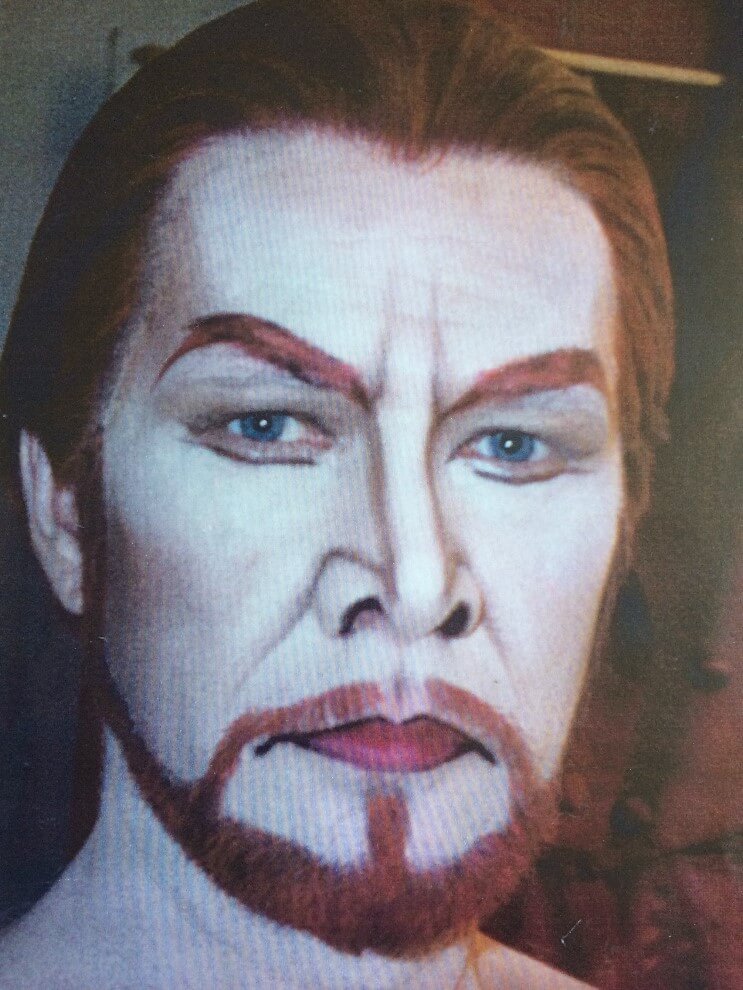
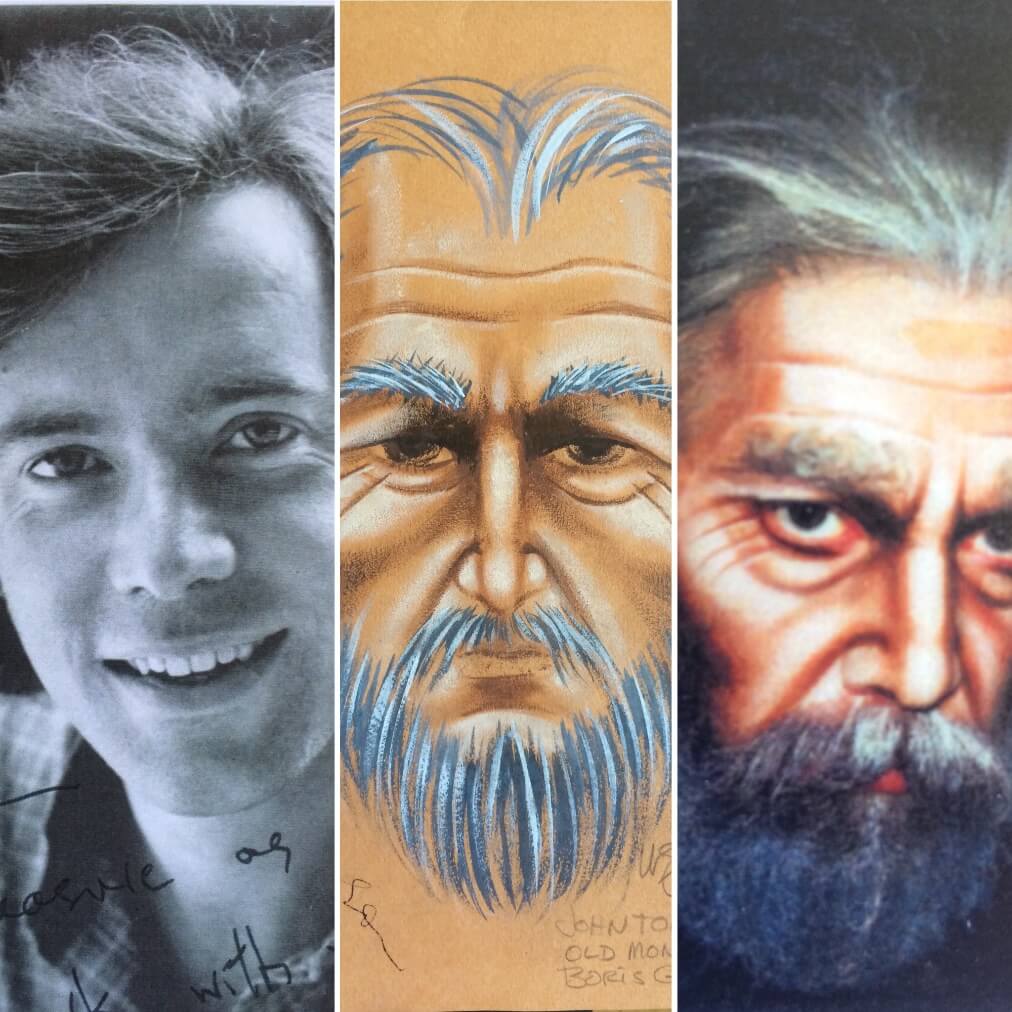
John Tomlinson being made up for the Old Monk in Boris Godunov (1983), showing the singer without make-up, the make-up design and then a transformed Tomlinson!
Many of those coming into the wig and make-up world now come in through the beauty school route and so Bill’s teaching of theatrical character make-up both here at the Opera and at San Francisco State (where he was on faculty from 1975–1998) has been invaluable. The art of character make-up is a dying one but Bill has passed along his knowledge and skills with generosity wherever he can.
Bill’s story is such an engaging one. He was born on the East Coast, growing up in New England before becoming a choirboy at the Cathedral of St. John the Divine, during which time he sang daily services at the cathedral. His early musical proclivities are of no surprise given his family background. His grandfather Charles Greinert was one of the founders of the music publisher G. Schirmer, and his great uncle was first violinist of the New York Philharmonic. Bill and his twin brother were exposed to a golden age of musical possibility, and have batons gifted from Arturo Toscanini and Bruno Walter as memories of this time.
Bill developed an interest in the theatrical visual arts early on, creating shows at home with props and costumes. He also developed a fascination for puppetry and he and his brother put themselves through college in Tucson, Arizona, driving around the state doing variety shows with hand and rod puppets! While at college, he majored in fine art but felt the pull of the theater’s costume shop, leading to a broad set of specialties in everything from make-up and wigs to costuming to appliqué to doll making and puppetry.
Moving to San Francisco in 1960, he first got a job working as one of the window display artists at Gump’s at the time when Mr. Gump Jr. was still alive. Bill went on to be Art Director for KQED for twenty years, training at the BBC as the station moved from black and white to color (giving him some invaluable skills now as he thinks about make-up and lighting). He also spent twenty years designing the costumes for Beach Blanket Babylon, bringing to life Steve Silver’s designs for such iconic characters as The Poodles and King Louis.
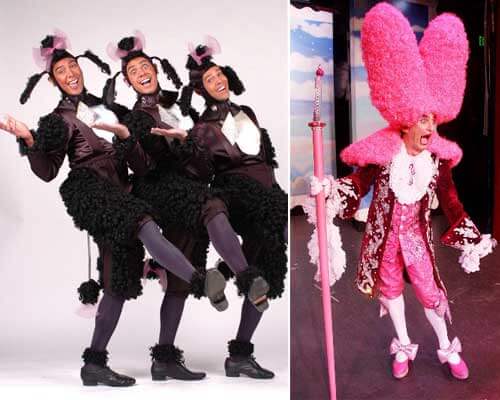
Bill’s reach is formidable. He has designed costumes for almost every Gilbert and Sullivan opera, working with Lamplighters Music Theatre. He volunteers for an organization that produces angel gowns—burial gowns made from wedding dresses for premature babies who pass away—the only man nationwide in a group of 300 women. He has built and designed theatrical elements for the Bohemian Club and, in fact, his introduction to San Francisco Opera came through the Bohemian Club where a fellow member introduced him to the Opera, 45 years ago. As Bill notes, back in the 1960s, make-up utilized much more real paint with grease paint to give the highlights and low lights. Now it’s much more foundation with sculpting done using colored powders.
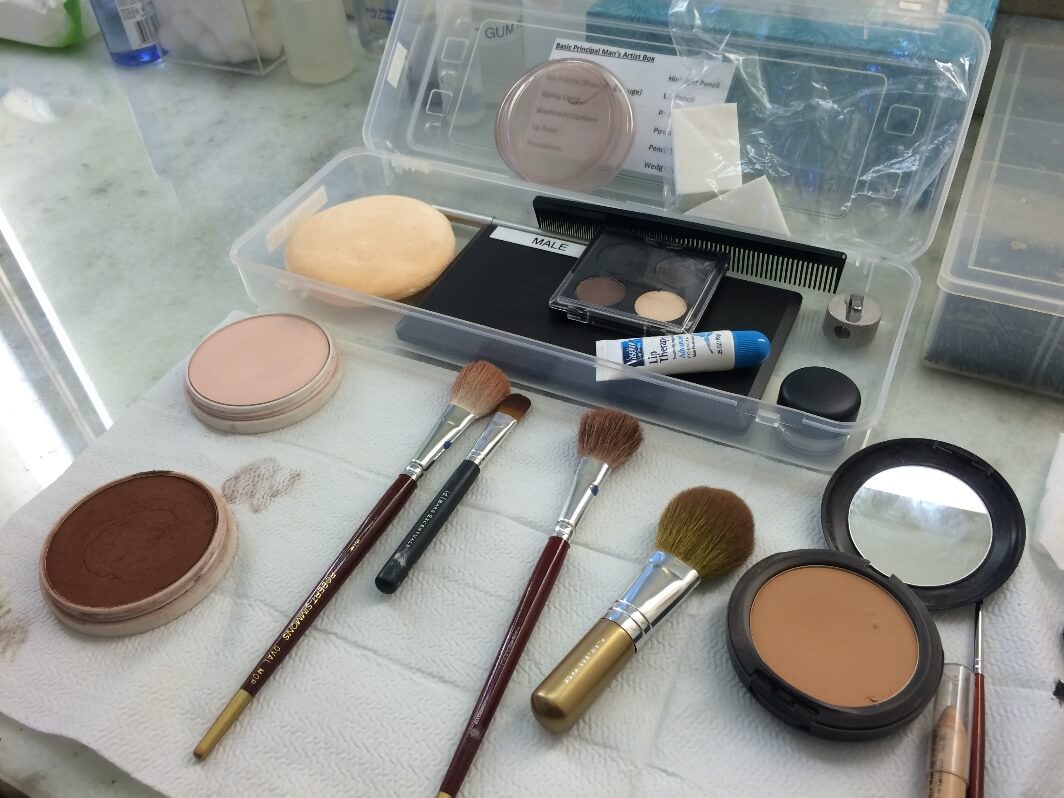
It is hard to imagine this City without Bill—he has touched so much of the theatrical vitality of San Francisco for so long. But Bill will be heading to Phoenix, Arizona where he will live with his son’s family. He’s already making connections to local theatrical, knitting and craft groups and, at 81, Bill doesn’t show any sign of slowing down even with retirement on the horizon. Maybe he’ll even resume the puppetry tour of Tucson!
Making up an artist prior to a performance is one of the most intimate moments in the whole arc of the production process. These are the minutes just prior to a performance beginning when an artist may be nervous and anxious. The make-up artist is often the person who needs to be a friend, confidant and encourager. Bill quips that 20% of his job is make-up and 80% is psychology but, that said, he also notes that most artists want quiet time in those pre-show moments. It is in those quiet moments, as Bill makes up another of the world’s great artists into a fabulous character that the transformative power of opera really comes to life. We salute Bill for an extraordinary tenure at San Francisco Opera and will celebrate him as he makes a rare appearance in front of the proscenium on July 2 to take a bow with the cast that he and his colleagues have so exquisitely prepared.

